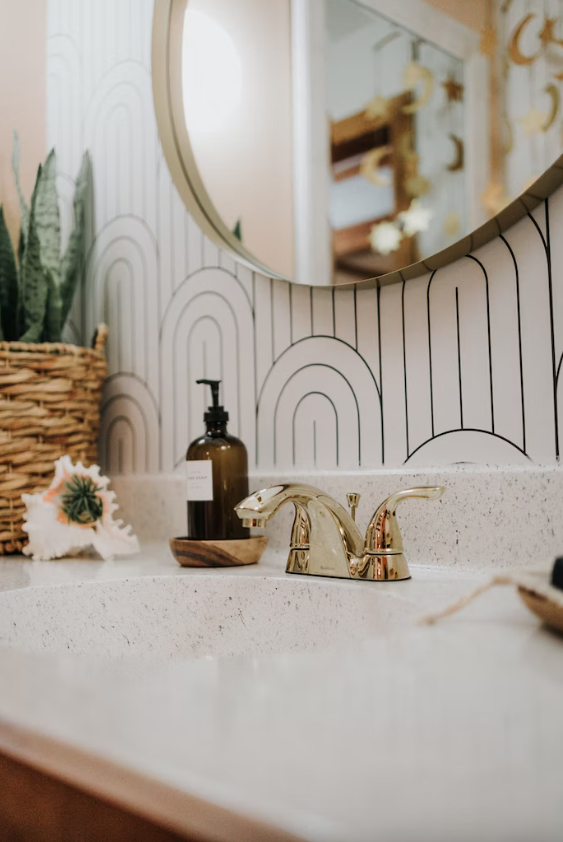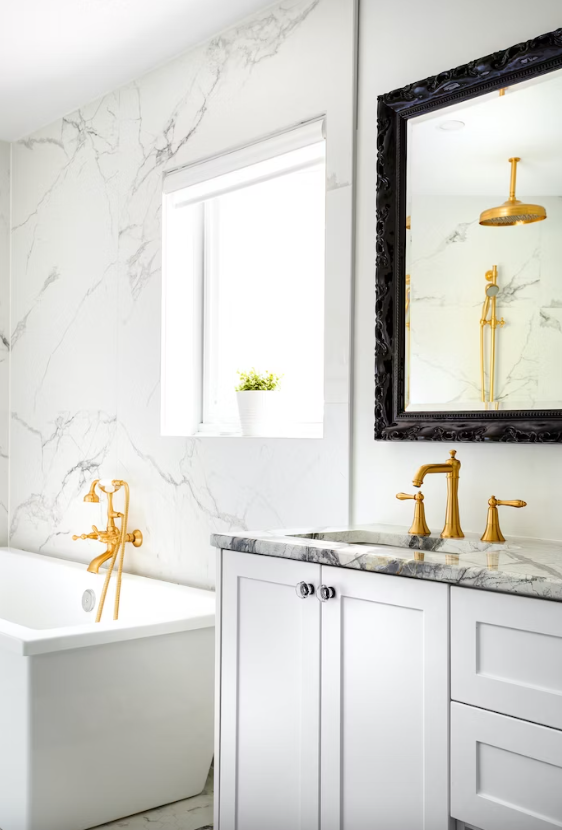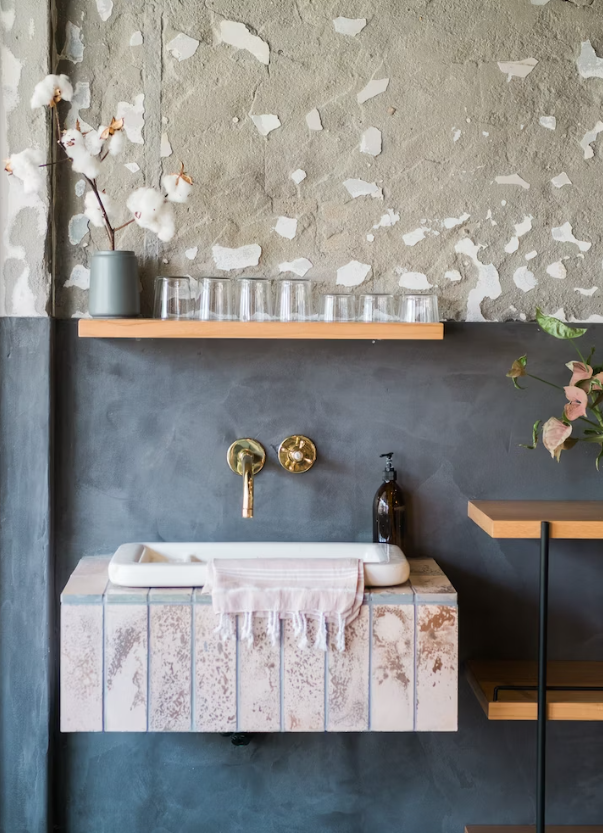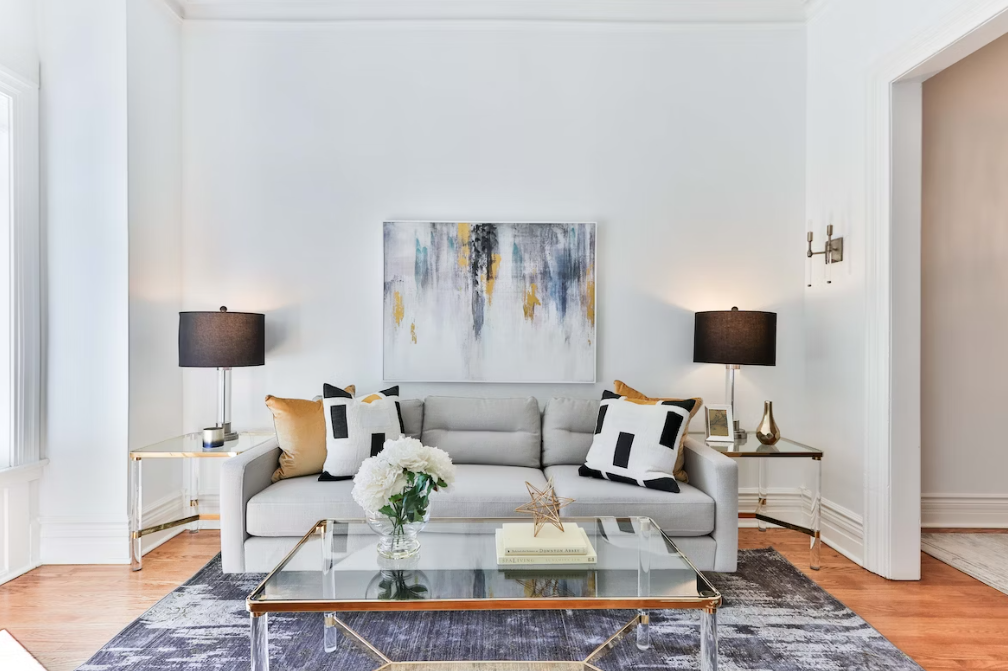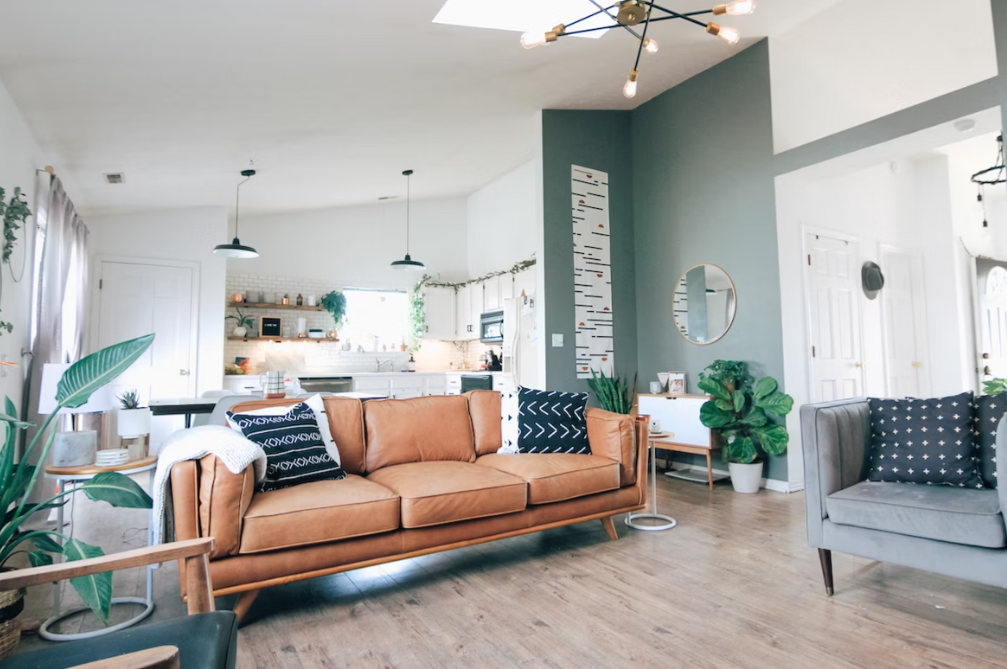In the realm of homeownership, few things are as crucial yet as unappreciated as your plumbing system. It quietly functions day in and day out, often unnoticed until an issue arises. Suddenly, you find yourself in need of a professional Cheap Plumber. Yet, how do you proceed if you’re working within a tight budget? This article offers you a comprehensive guide, packed with valuable tips on how to hire a competent and reliable plumber without draining your wallet.
Understanding Your Plumbing Needs
Before you commence your search for a plumber, it’s essential to understand the nature and extent of your plumbing issue. Not all plumbing jobs are created equal; they can range from routine maintenance and minor repairs to complex installations and emergency fixes. Whether you’re dealing with a persistent leaky faucet, a water heater issue, or a more complex problem like a blocked sewage line, identifying your specific issue will set the stage for clear communication with potential plumbers. This clear understanding also allows them to provide a more accurate estimate, aligning your expectations with their services.
The Power of Research and Recommendations
Now comes the part where you roll up your sleeves: research. A good starting point is to seek recommendations from trusted friends, family members, or neighbors who have recently had plumbing work done. Personal experiences offer a wealth of information and can give you an insight into the quality, reliability, and cost of local plumbers.
In our digital era, online reviews and ratings on websites like Angie’s List, HomeAdvisor, and Yelp provide a goldmine of information. While online, verify the prospective plumber’s licensing and certifications. Remember, a reputable plumber in Annapolis, or wherever it is you are located, will usually be licensed and insured, which can serve as an extra layer of protection for you.
Asking the Right Questions: The Make or Break
Once you have a shortlist of potential candidates, it’s time to dig deeper. You’re not just hiring someone to fix a pipe or two; you’re entrusting them with the wellbeing of your home’s plumbing system. Therefore, it’s vital to ask the right questions: How long have they been in business? What is their experience with your specific issue? Could they provide references from past jobs similar to yours? The answers to these questions will not only allow you to gauge their expertise and reliability but also provide insights into their customer service quality.
Estimate and Cost Evaluation: Finding the Balance
Armed with this information, it’s time to request written estimates. These should clearly outline the costs of labor, materials, and any other fees. It’s advisable to obtain multiple estimates to compare costs and understand the average pricing in your area.
While it might be tempting to automatically go with the lowest estimate, this strategy can be a pitfall. Lower estimates might exclude certain costs or be indicative of a plumber willing to cut corners. The key here is to focus on value rather than the lowest cost. Quality work might cost you a bit more upfront, but it will save you from repeat repairs and additional costs down the line.
Negotiation Skills: The Art of Balance
Contrary to what you might think, there’s room for negotiation in the plumbing business, especially for substantial projects. Use the multiple estimates you’ve obtained as leverage for negotiation. Remember to approach this conversation with respect — plumbing is skilled work. However, do express your budget constraints and willingness to find a middle ground.
Long-Term Considerations: Saving in the Long Run
Lastly, don’t underestimate the potential benefits of forming a long-term relationship with a reliable plumber. Having a home’s plumbing system in and out can be invaluable. This professional can easily track and manage recurring issues and can be an excellent source of advice for maintenance and upgrades. Regular maintenance is a preventive measure that can help you avoid major, costly repairs in the future.
Moreover, a good plumber can also guide you towards more energy-efficient and cost-effective solutions in your home, which could result in significant savings over time. While the initial cost might seem higher, you will likely save money in the long run by investing in more efficient fixtures and appliances.
Prioritize Quality and Value
In conclusion, hiring a professional, reliable plumber on a budget is a delicate dance of thorough research, clear communication, and savvy negotiation. With all these factors at play, remember to take your time and never rush your decision. Quality and professionalism should always be your priority, the task may seem daunting initially, equipped with these tips, you’re well-prepared to navigate this journey and find the best match for your needs and wallet.
As you proceed, remember that plumbing forms the lifeblood of your home. It’s about more than just stopping leaks and clearing drains; it’s about maintaining a healthy, safe, and comfortable living space. So be patient, thorough, and considerate in your selection process.
Just like a prized mechanic for your vehicle, a reliable plumber becomes a trusted ally in preserving one of your most significant investments – your home. So, start your search today and embrace the process. Remember that the right plumber at the right price is not only achievable but also just a phone call away. With careful consideration and smart decision-making, you can ensure that your home’s plumbing is in capable hands, offering you the priceless gift of peace of mind.
So, don’t let budget constraints deter you from seeking the best. The world of plumbing might seem intricate and a little overwhelming, but with these handy tips, you can navigate it with confidence. Ultimately, finding a trustworthy plumber who offers high-quality services at a fair price is not just a possibility, but a realistic and achievable goal.

